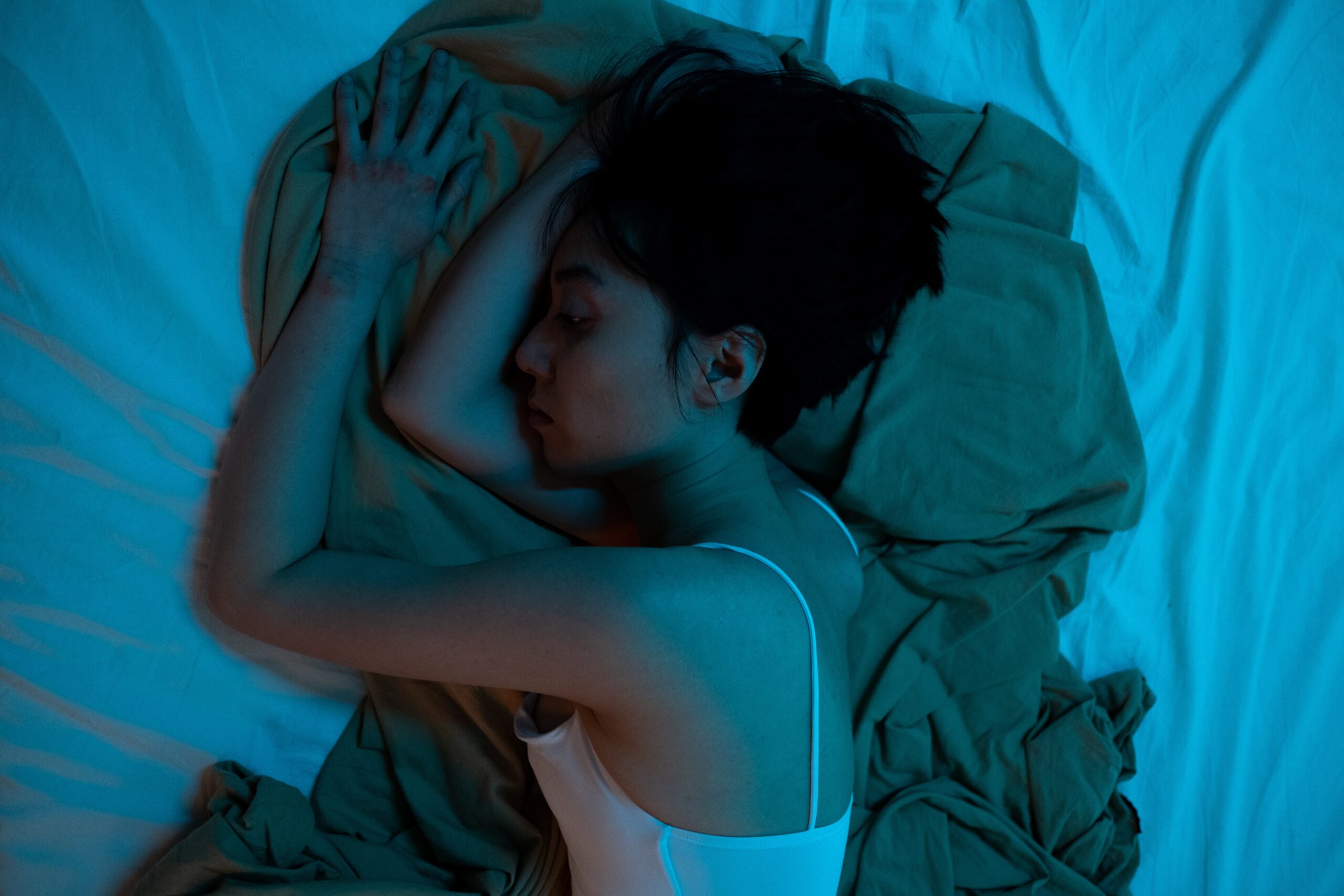A lot of factors come into play when living with migraine. For me, I know sleep, stress, and certain foods can send me down the path of a migraine episode.
I also know that sleep, extra rest in a dimly-lit room with limited noise, healthy, nourishing foods and practicing mindfulness or calmly writing in my journal can aid in my migraine wellness and get me back to my preferred daily life when experiencing a debilitating migraine.
Debilitating would be the primary word to describe migraine when it sprung into my life 8 years ago. I hope to never be back in the position I was in for what felt like eternity. Even a crack of light coming through the window shades exacerbated my symptoms. I was hugging the carpet like it could save me. The days dragged on and no solution was in sight.
“Migraines are severe, usually unilateral headaches that commonly present symptoms such as photophobia, phonophobia, nausea, vomiting, mood disorders and sensory abnormalities.”*
Migraine is closely intertwined to sleep and “migraines may occur during nocturnal sleep, after brief periods of daytime sleep and upon waking.”*
In a study conducted at Federal University of São Paulo, nearly “50% of migraine attacks occur between 4 a.m. and 9 a.m. In addition, sleep problems are 3 times more frequent among patients who reported having migraines.”*
If you log your migraine attacks – have you found a pattern?
Let me backtrack a bit and explain how I got on this topic.
I was bone tired. I wish I could explain the way I felt while sleeping. It was like I was in a distant dream but knowing I was asleep, sleeping so deeply it seemed like I could feel my internal organs. When I started to come out of this almost unbearably complex sleep, my eyelids wouldn’t open. I was barely able to minutely lift my head. Needless to say, I woke some time later. I forced myself out of bed. It was 10:30 a.m. and I knew I had to eat something, shower, and get going for the day.
Did my body just say, “You need this”? Did it think “You’ve got so much on your plate and I am forcing you to rest”?
Whatever the case may be, I felt at ease, calm, and almost in an altered relaxed state the rest of the day. I had clarity of mind, experienced utter happiness in the mundane things, and such joy in the presence of one of the most important family members in my life.
I didn’t get a migraine in this instance. I felt a bit of brain fog. I felt lethargic.
Upon further digging, I learned that “sleep inertia is the feeling of grogginess, disorientation, drowsiness, and cognitive impairment that immediately follows waking.”** It’s known to only last 15 to 60 minutes, but each body responds differently during this period.
Quite frankly, I was simply unable to sustain the pace I had been going at for more than a few days. When life calls, sometimes you have to just keep picking up its calls.
It’s a fine line for all of us. Wellness and illness.
When this wave of exhaustion hit me, I fully released the drive that I needed to do more on my “To-do list,” errands, or taking extra phone calls/text messages. I relinquished power to my body and got the much needed rest. There was no other choice.
My clock was resetting. Sleep is a fickle thing. I go to bed pretty early each night and I believe that aids in my general wellness and prevention of commonly passed around illness.
For those of us who live with migraine, it’s common for it to prevent us from sleeping at all, sleeping soundly, or even being woken up by one.
“The primary headaches most commonly related to sleep are migraine, cluster headache, tension type, hypnic headache and chronic paroxysmal hemicrania.”*

Sleep or resting in bed can also be a headache solution.
“Sleep is also effective in relieving symptoms: 85% of individuals with migraine report that they choose to sleep or rest because of a headache, and many are forced to do it.”*
A good sleep, a healthy walk with filtered sunlight, and a cozy home environment is good for me. It’s the recipe in which I can find and feel overall peace, with or without migraine popping into my day.
Over the years I’ve heard the term “REM sleep.” Rapid eye movement (REM) “in human adults were correlated with specific brain-wave patterns and that periods of dreaming occurred during periods of sleep with rapid-eye-movements.”*** “Periods of ‘active’ sleep were marked by [REM] and that these active sleep periods alternated with quiescent sleep periods.”***
“Preliminary studies suggest that headaches tend to be associated with rapid eye movement (REM) sleep and an increase in the percentage of REM and slow wave sleep (SWS).”*
“In healthy humans, REM sleep alternates with, is preceded by, and occupies a significantly smaller fraction of our nightly sleep than non-REM sleep.”***
We all need sleep; the amount varies by individual. When analyzing your daily routine, would an extra half hour or more of shut eye help you?
Something to think about: Is there something you would consider eliminating in your life that could provide for better sleep? Would it be worth it to allow for a more restful, alert, and potentially healthier life?
*https://cdn.publisher.gn1.link/sleepscience.org.br/pdf/v5n1a06.pdf
**https://www.sleepfoundation.org/how-sleep-works/sleep-inertia
***John Peever, Patrick M. Fuller, The Biology of REM Sleep, Current Biology, Vol. 27, Issue 22, 2017
Coming next: Photophobia “not a single disease; it’s a symptom,” says distinguished eye expert
